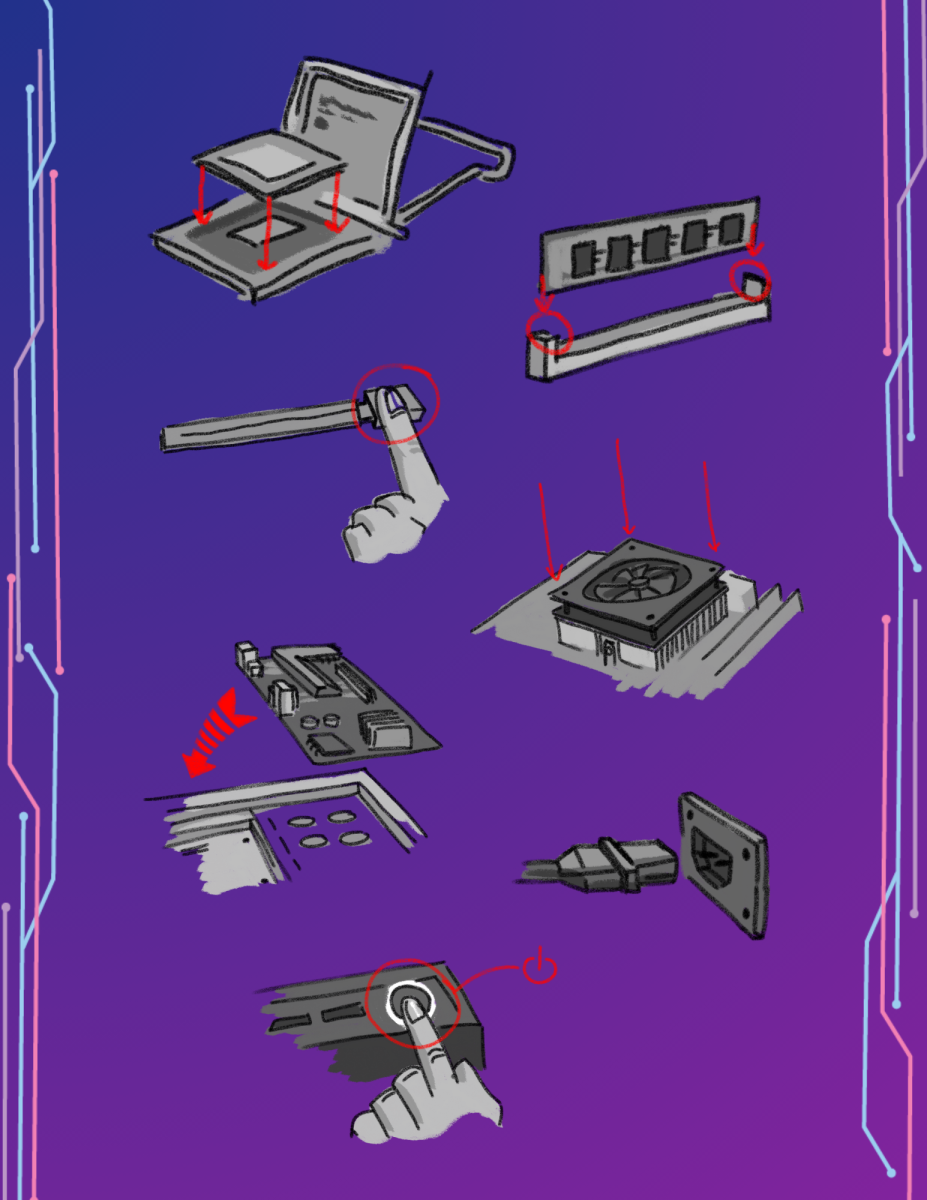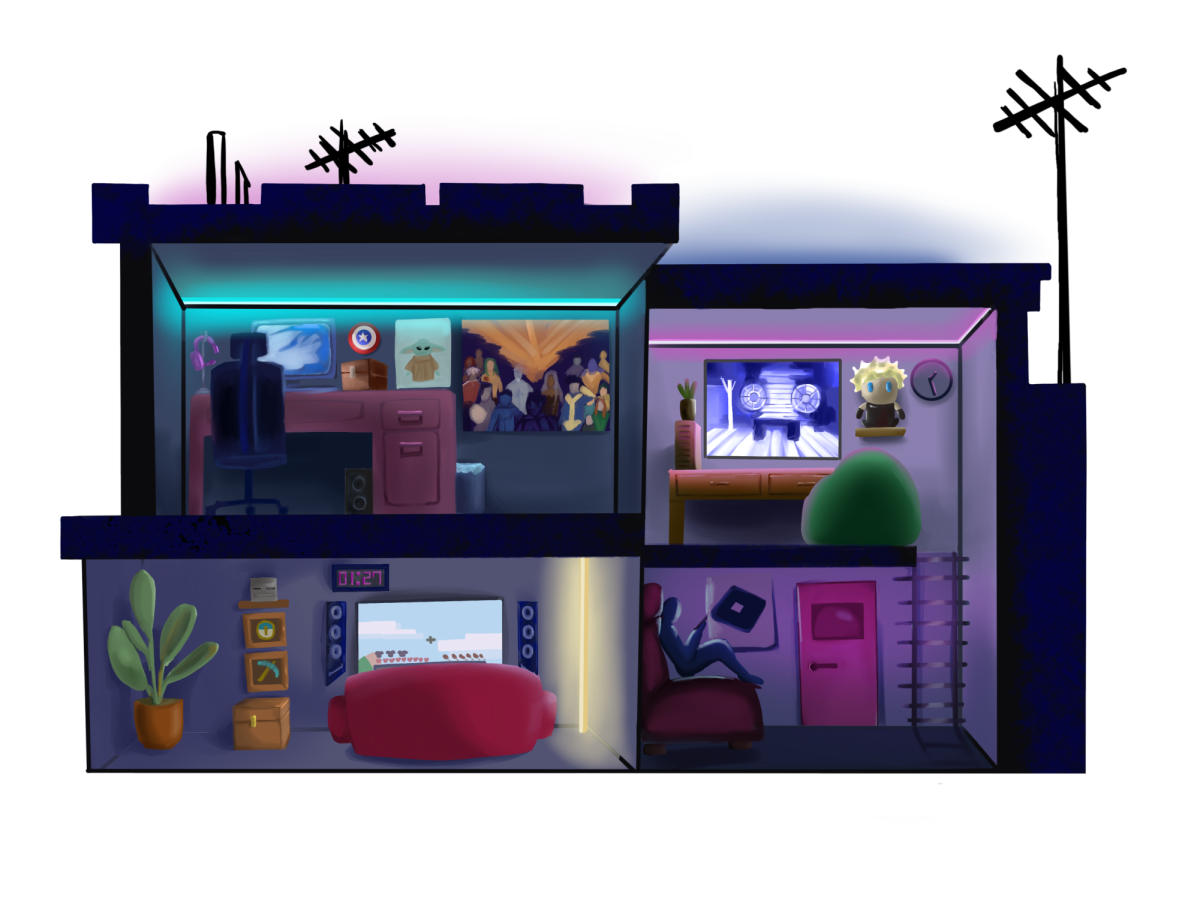Written by Bridgette Gong
Let’s take a moment to address food waste—half a plate of pasta which nobody had any room for, or how about that untouched tub of yogurt that had to be thrown out? Food waste is considered to be any food that is discarded or left uneaten, and it is a pressing environmental issue across the U.S. and the rest of the world. Levels of global food waste fall between one-third and one-half of all food produced, a ratio that is quite concerning. The causes are plentiful, and can occur during stages of production, processing, retailing and consumption. When these foods begin to spoil, they contribute to greenhouse gas emissions and can become harmful to natural resources.
Zero food waste is an approach to reducing food waste in daily life to protect the environment. By following just a couple easy methods and tips, I tried to reduce my food waste to zero for one week. This challenge made me much more aware of the food that was casually thrown out throughout the week.
I started with my own refrigerator. I made a list of foods I had before heading out to the grocery store and tried not to deviate far from the list. Performing a quick check-up on my fridge ensured that I didn’t buy any extra food I didn’t need, lessening the chance of waste. I was also particularly conscious of buying in bulk. Despite my love for Costco, I had to part with some of the things that I knew were too big to finish. For example, I replaced the gallon packages of milk with individual cartons from Safeway.
I got into the habit of rearranging my fridge every couple of days, moving the older items from the back where they remained hidden to the front, to follow the “first in, first out” rule. Paying more attention to food labels was also helpful in making me more conscious of expiration dates. I found that two ways to slow the deterioration process of produce, fruits and veggies are to store them separately and also to keep them dry. Freezing foods, donating unwanted food and incorporating more ingredients into dinner recipes also helped me achieve a week of zero waste. Freezing food bought me several weeks and even months of having to buy extra food items, and getting a little creative with recipes was a great way to use up the spare foods in my fridge. When eating out, I was sure to not over order and took home any leftovers.
Instead of buying individual bottles of water or drinks, I carried a metal water bottle and refilled it a couple of times throughout the day. When packing lunches, thermoses and reusable containers were the way to go as they are eco-friendly and also reusable.
In some situations, when food waste is inevitable, like during parties or large group events, it is still helpful to sort trash and leftover food appropriately between recycling, compost and landfill.
A different approach to zero waste is reducing the amount of trash from food packaging. The buildup of trash from wrappers and boxes is damaging to the Earth’s ecosystems. Additionally, it is responsible for the formation of things such as the Great Pacific Garbage Patch, a large and continuous patch of marine debris.
In my experience, living a zero-waste life took some effort. However, incorporating these small adjustments and changes into my daily life reduced my family’s food waste significantly, and it was not difficult to get used to. Therefore, with a little extra planning and awareness, it shouldn’t be difficult for the average consumer to limit their food waste and help protect the environment day by day. Remember, any contribution is always better than nothing at all.












